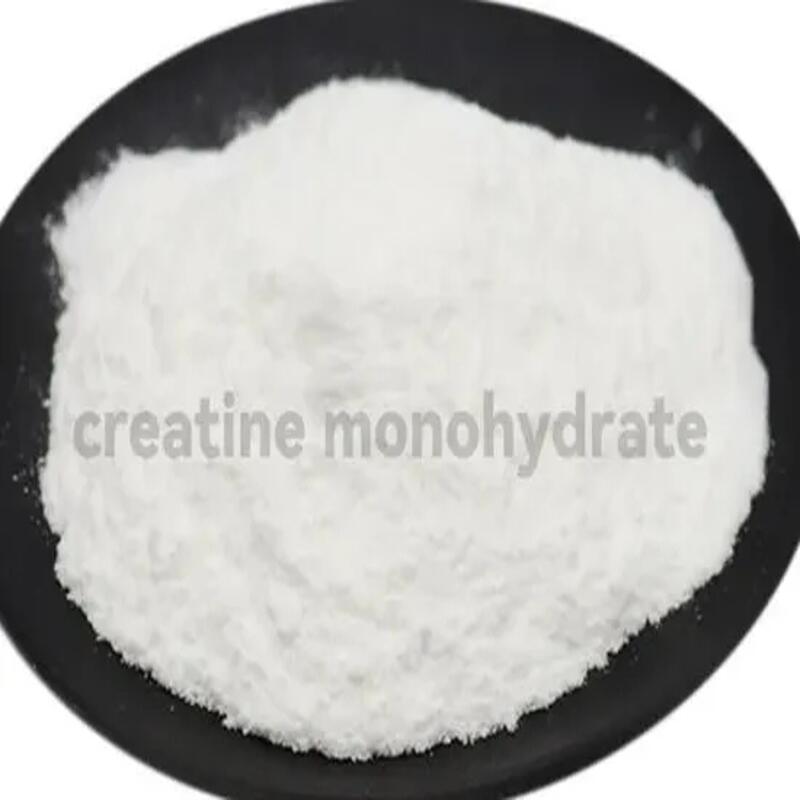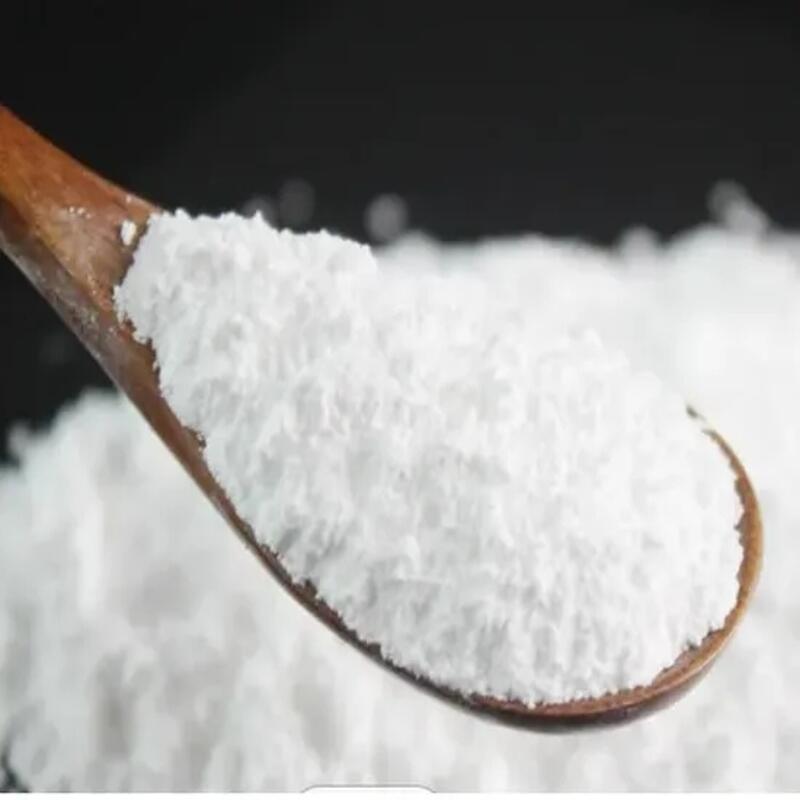-
Categories
-
Pharmaceutical Intermediates
-
Active Pharmaceutical Ingredients
-
Food Additives
- Industrial Coatings
- Agrochemicals
- Dyes and Pigments
- Surfactant
- Flavors and Fragrances
- Chemical Reagents
- Catalyst and Auxiliary
- Natural Products
- Inorganic Chemistry
-
Organic Chemistry
-
Biochemical Engineering
- Analytical Chemistry
-
Cosmetic Ingredient
- Water Treatment Chemical
-
Pharmaceutical Intermediates
Promotion
ECHEMI Mall
Wholesale
Weekly Price
Exhibition
News
-
Trade Service
TRI-TERT-BUTYL 1 4 7 10-TETRAAZACYCLONONANE: AN UP-AND-COMING CHEMICAL IN THE INDUSTRY
Safety in the chemical industry is paramount, and new chemicals must undergo rigorous testing before they can be deemed safe for use.
One such chemical that has gained attention in recent years is TRI-TERT-BUTYL 1 4 7 10-TETRAAZACYCLONONANE, commonly referred to as TATB.
This chemical has unique properties that make it an attractive option for use in various industrial applications, but its safety remains a concern for many.
TATB is a highly stable and insensitive chemical, which makes it ideal for use in explosives and other high-energy applications.
It is also used in the manufacturing of certain types of plastics, textiles, and dyes.
However, its instability and sensitivity have made it a challenge to handle and transport safely.
TATB is classified as a Class 1.
1 explosive, which means it is highly explosive and can cause serious injury or death if not handled properly.
Due to its sensitivity, it is not uncommon for TATB to detonate during transport or manufacturing, resulting in serious accidents.
In addition to its explosive properties, TATB is also flammable, which adds to the risk of accidents during handling and transport.
To ensure the safety of workers and the public, strict regulations are in place to govern the handling and transport of TATB.
In the United States, for example, the Department of Transportation (DOT) and the Occupational Safety and Health Administration (OSHA) oversee the safe handling and transport of TATB.
Employers must follow strict guidelines, including proper storage, packaging, and labeling of the chemical, as well as conducting regular safety training for employees who work with TATB.
Despite these regulations, accidents continue to occur, highlighting the need for increased vigilance and safer handling practices.
In 2020, for example, a train carrying TATB derailed and exploded in Hyndman, Pennsylvania, resulting in the evacuation of nearly 2,000 people and causing significant damage to surrounding buildings.
This incident underscores the importance of following safety protocols and the potential consequences of not doing so.
It is essential that companies in the chemical industry prioritize safety when handling and transporting TATB and other hazardous chemicals.
This includes providing proper training and protective equipment to employees, regularly inspecting equipment and storage facilities, and implementing emergency response plans in case of accidents.
While the safety of TATB is a concern, it is important to recognize that the chemical is still a valuable option for various industrial applications.
Its properties make it a preferred choice for use in explosives and other high-energy applications, and its use in the manufacturing of plastics, textiles, and dyes continues to grow.
As the chemical industry advances and new chemicals are developed, it is crucial that safety remains a top priority.
Companies must take the necessary steps to ensure the safe handling and transport of hazardous chemicals, and employees must be properly trained to understand the risks associated with their work.
In conclusion, TATB is a chemical with unique properties that make it an attractive option for various industrial applications, but its safety remains a concern for many.
Accidents continue to occur, highlighting the need for increased vigilance and safer handling practices in the chemical industry.
Companies must prioritize safety when handling and transporting TATB and other hazardous chemicals, and employees must be properly trained to understand the risks associated with their work.
By prioritizing safety, the chemical industry can continue to innovate and grow while ensuring the well-being of its workers and the public.







